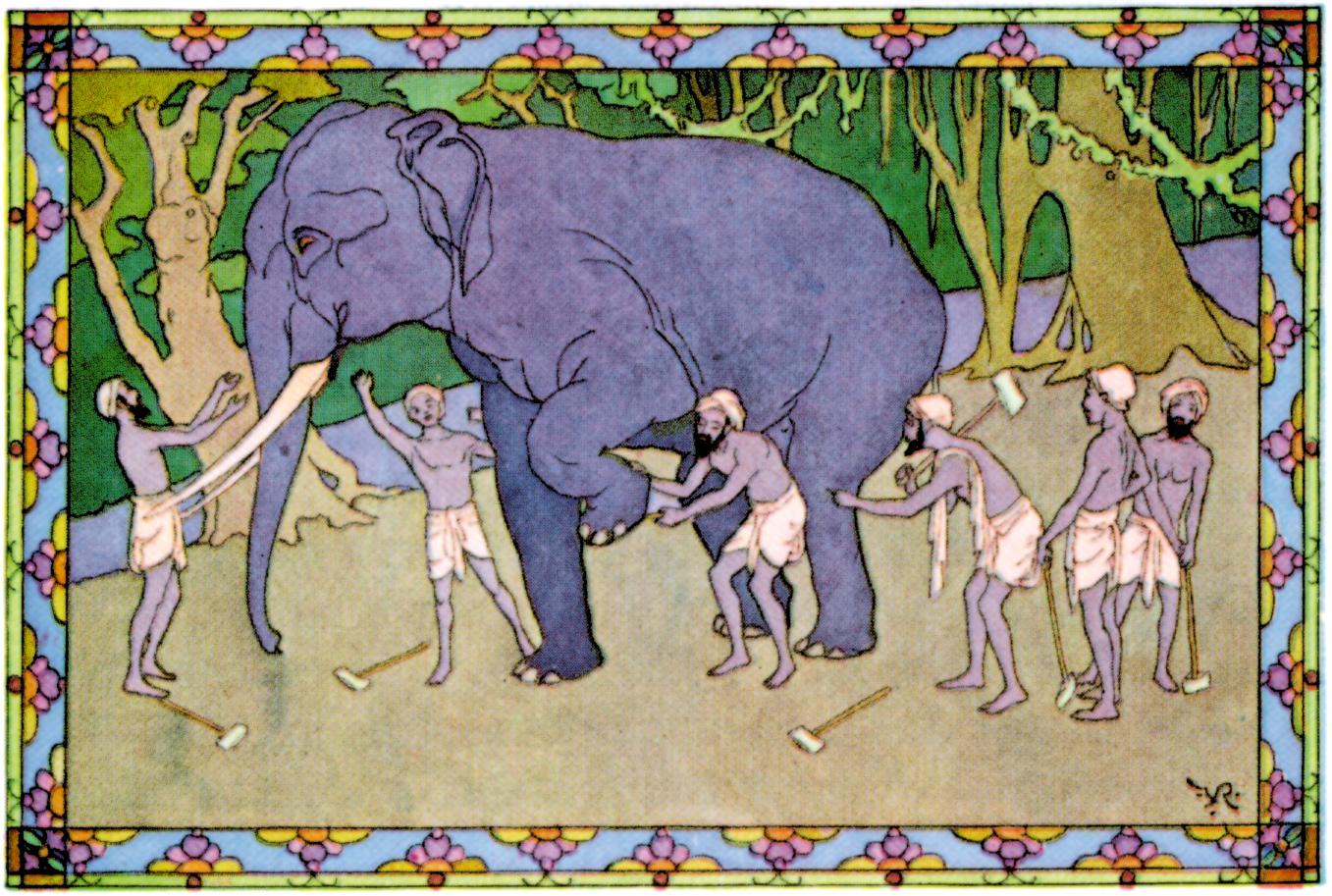The Earliest Description of a Zoo? April 30, 2013
Author: Beach Combing | in : Ancient , trackbackThere is a long-standing argument among historians and archaeologists about the world’s earliest zoo. Candidates come from across Euro-Asia, from the Mediterranean to China, and include the exciting recent digs at Hierakonpolis (Hawk City), where now well over 100 animals, ranging from hippos to baboons and wildcats to dogs, have been disinterred. However, archaeology always leaves the bitter taste of ambiguity in the mouth: at least to the historian. For example, the animals at Hierakonpolis were buried, about five thousand years ago, alongside humans presumably to follow them into the next world. Is it possible that these animals were nothing more than funeral fodder, kept in special compounds for sacrifice – they seem to have been killed – not visited and observed? Ancient Egyptian art frequently shows the prestige that exotic animals could lend to a ruler. Perhaps. However, while recently messing around in the works of Sicilian Diodorus, (Diodorus Siculus) Beach came across this passage, which coincidentally is also to ancient Egypt, though Egypt in the first century B.C. He wondered if it might not be the earliest written reference to a zoo. It certainly has its bizarre aspects and deserves to be celebrated here.
For the Egyptian venerate certain animals exceedingly, not only during their lifetime but even after their death, such as cats, ichneumons and dogs, and, again, hawks and the birds which they call ‘ibis’, as well as wolves and crocodiles and a number of other animals of that kind… In the first place, for each kind of animal that is accorded this worship there has been consecrated a portion of land which returns a revenue sufficient for their care and sustenance.
The revenue for these lands did not presumably come from visitors but for alternative uses for said land: in other words, I leave ten acres to crocodiles in my will and five of these acres are farmed by Sethirkopshef and his sister wife Kiya, who pay rent to the crocodile keepers. But the crocs and their kin had other forms of revenue.
The Egyptians make vows to certain gods on behalf of their children who have been delivered from an illness, in which case they shave off their hair and weigh it against silver or gold, and then give the money to the attendants of the animals mentioned. These cut up flesh for the hawks and calling them with a loud cry toss it up to them, as they swoop by, until they catch it, while for the cats and ichneumons they break up bread into milk and calling them with a clucking sound set it before them, or else they cut up fish caught in the Nile and feed the flesh to them raw; and in like manner each of the other kinds of animals is provided with the appropriate food.
It could be argued that this is still not a zoo, but, rather, a kind of animal monastery. However, clearly these animals got visitors, albeit not for the reasons we would today head off to Chester Zoo or the Aquarium at Genova.
And as for the various services which these animals require, the Egyptians not only do not try to avoid them or feel ashamed to be seen by the crowds as they perform them, but on the contrary, in the belief that they are engaged in the most serious rites of divine worship, they assume airs of importance, and wearing special insignia make the rounds of the cities and the countryside. And since it can be seen from afar in the service of what animals they engaged, all who meet them [the animals] fall down before them and render them honour.
Diodorus, then, does something very annoying. He gets all elusive on us.
As for ceremonies connected with the Apis of Memphis [a bull], the Mnevis of Heliopolis [another bull] and the goat of Mendes [celebrated for its large phallus], as well as with the crocodile of the Lake of Moeris, the lion kept in the City of Lions (Leontopolis), as it is called, and many other ceremonies like them, they could easily be described, but the writer would scarcely be believed by any who had not actually witnessed them.
He give, instead, some generalities (with some stories to follow) that suggest that, however humans viewed these enclosures, they were, from the point of view of the animals, the best zoos ever created.
These animals are kept in sacred enclosures and cared for by many men of distinction who offer them the most expensive fare; for they provide, with unfailing regularity, the finest wheaten flour or wheat-groats seethed in milk, every kind of sweetmeat made with honey, and the meat of ducks, either boiled or baked, while for the carnivorous animals birds are caught and thrown to them in abundance, and, in general, great care is given that they have an expensive fare. They are continually bathing the animals in warm water, anointing them with the most precious ointments, and burning before them every kind of fragrant incense; they furnish them with the most expensive coverlets and with splendid jewellery, and exercise the greatest care that they shall enjoy sexual intercourse according to the demands of nature; furthermore, with every animal they keep the most beautiful females of the same genus, which they call his concubines and attend to at the cost of heavy expense and assiduous service.
It doesn’t get any better than that… Other early zoos: drbeachcombing AT yahoo DOT com



